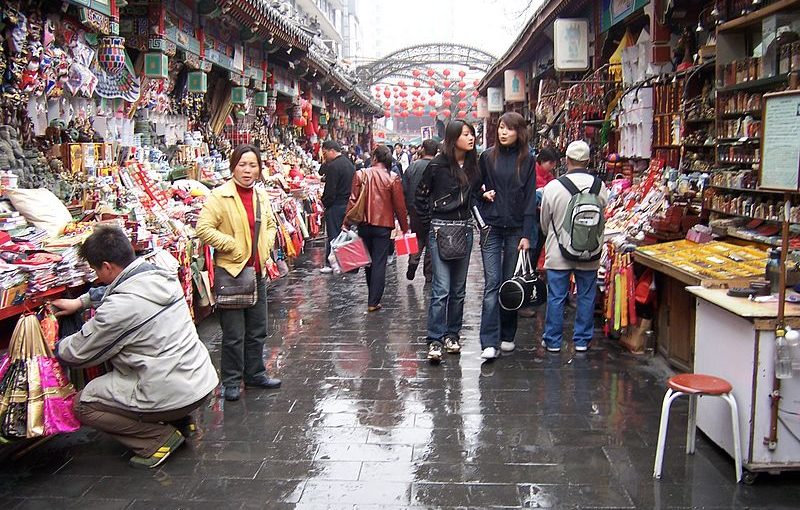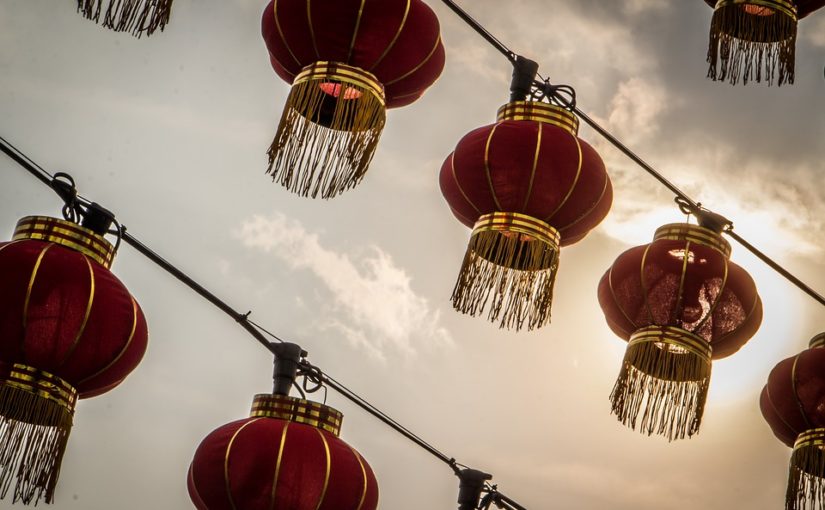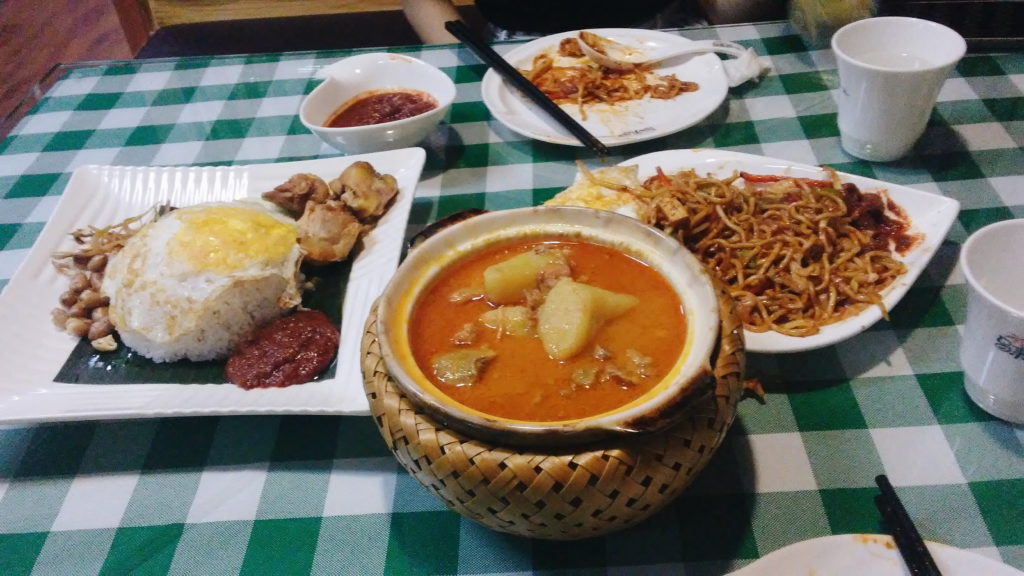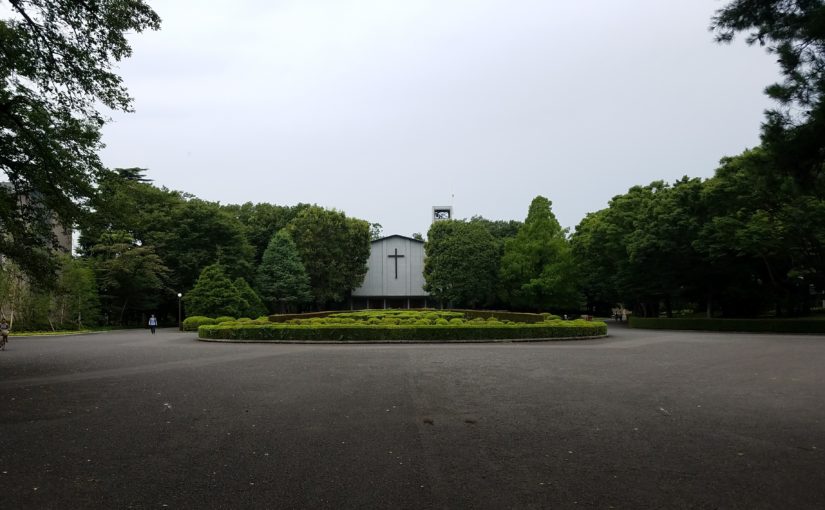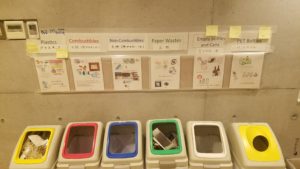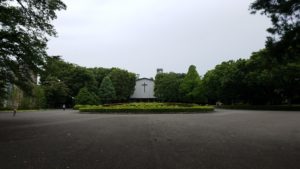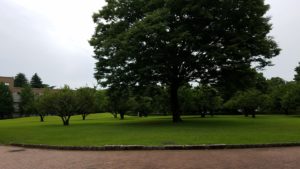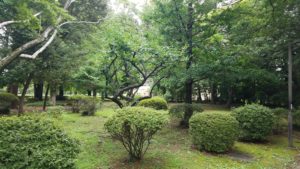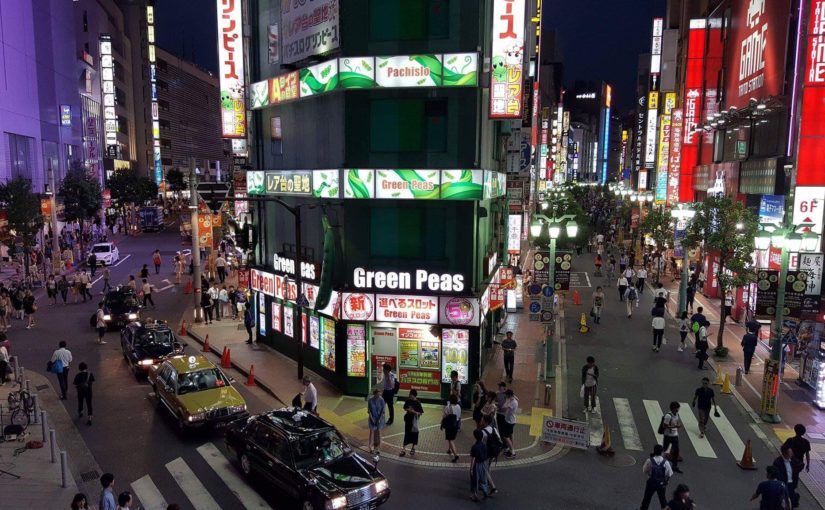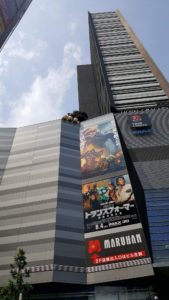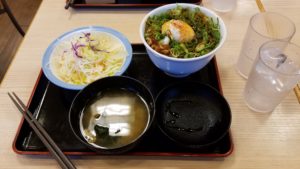I’m not a big spender, but I can easily pass the time with a few hours window shopping. This was harder to do in Beijing. In the oversized, shiny modern shopping malls, the shopping culture holds similarities with the U.S. but on the street or in places like the Pearl Market, the cultural difference is obvious. It’s atypical for people to just wander around the mall looking at things without buying them, and if you try, staff or vendors will pressure you to buy. This pressure to purchase is most pronounced at famous bargaining market locations such as the Pearl Market.
I was not overly familiar with Pearl Market before arriving in Beijing, but later I learned that it was an interesting place to bargain for cheaper goods. All of Pearl Market’s products are off-brand or fakes of pricier brands, so I decided to look around without buying anything. I did not expect the vendors to be so forward, and was certainly taken aback when one very determined lady seized me by the arm and quite literally dragged me into her stall. She hardly paused for a breath while describing to me the superior quality and pricing of her handbags, and as I tried to tell her I had neither the interest nor enough cash for her products, she threw a fake Prada bag into my arms and asked for 120 RMB. Other vendors had a gentler approach but I still often found my arms full of things I had no real interest in buying. They are very quick with putting their bags, or shirts, or whatever it is they’re selling into your hands. If you try to give it back just as quickly, they’ll almost duck away. I only ever felt less inclined to buy in such situations.
The alertness of the vendors is also rather startling; even a glance at their merchandise will have them smiling at you and scrambling to get you to buy their products. In the States, I wander in and out of stores without feeling the need to purchase anything, but in China, or at least Beijing, doing so will often get you decidedly unfriendly looks from shop-keepers.
Stores also use very interesting ways to promote themselves; more than once I saw the staff dancing in or outside stores to get shoppers’ attention. It is not uncommon to see vendors using megaphones to promote their products, even if it’s just tofu. Sometimes, vendors across the street from each other would try to shout over each other, and I ended up not understanding a word of anything. To attract shoppers, staff frequently stand outside stores and hand out flyers or demonstrate how their products work. Some of these can be interesting when a remote-controlled drone is doing loop-de-loops above your head, but others are funny because they’re as trivial as a man “demonstrating” the spinning capabilities of a fidget spinner.
I missed being able to leisurely drift from store to store without a sales clerk breathing down my neck. However, I realized that for many of these people, their income depends on selling as many of their products as possible. In some street stands, vendors had their children watching TV, working on homework, or even napping in the back. I certainly spent less time in stores I had no intention of buying from, but having gained a new perspective, I stopped resenting the attitude of the staff.
